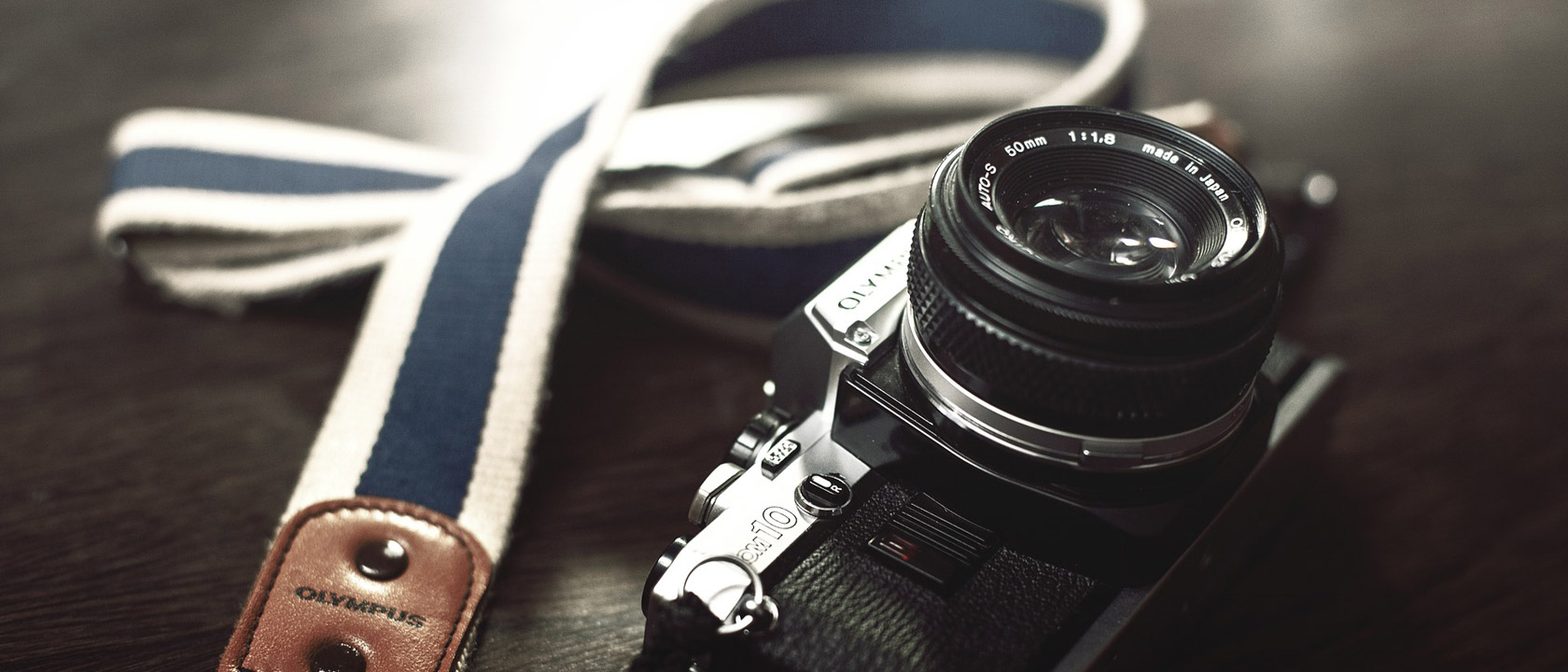The 2013 Philadelphia Marathon was a crisp-leaved and fresh-air affair.
People gathered on stoops and lined the streets to cheer on the more
than thirty thousand runners trotting through the city toward the statue
of the fictional boxer Rocky Balboa, located northeast of the
Philadelphia Museum of Art’s steps, near the course’s finish line. I was
among the runners, enjoying my dash along the Schuylkill River in a
T-shirt, shorts and worn-down sneakers, when I felt a foreign object
graze my face. It was a foam lobster claw. Confused, I shuffled farther
to the right and said nothing. For the next few miles, I watched in awe
and befuddlement as the runner just ahead of me offered high claws to
adoring fans, racing along in a full-body, cherry-red crustacean
costume.
A generation ago, the notion of running a marathon in a costume would
have been regarded as absurd, if it were considered at all. Race photos
from the nineteen-seventies show (mostly male) runners in sweatpants and
singlets. As marathon participation boomed, it eventually came to
include people in costume, too, an outgrowth of costumed running’s own
goofier tradition in shorter races, such as the Bay to Breakers, in San
Francisco. Some years, when the New York City Marathon falls on the morning
after Halloween, I’ve been on the subway at 5:30 A.M. with pirates,
cowboys, and farm animals with various assortments of flesh exposed, and
found it difficult to discern whose days were ending and whose were just
beginning.
The Internet has arguably amplified the trend. “You can wear a costume
and go viral with people taking pictures of you,” Vassilis Dalakas, a
marketing professor at California State University, San Marcos, told me.
Check out a post-race slide show and you’ll see
“Peanuts”
characters with respiratorially challenging head masks; Lloyd Dobbler
with a trenchcoat flapping in the wind and a boom box hoisted over his
head;
a pair of tacos;
a murder of
SpongeBobs;
bacon, lettuce, tomato, and two slices of
bread.
It behooves race organizers to welcome costumed runners, because it helps
expand the fan base—which can be useful for gaining the attention of
larger companies that might serve as sponsors. This is frustrating and
worrisome for more serious runners, though; purists argue that dressing
up makes a serious athletic endeavor too silly. Or, more gravely, as
organizers try and ramp up security after the 2013 Boston Marathon
bombings, and after Tuesday’s attack in lower Manhattan, bulky costumes
have become a concern for security experts trying to get a handle on a
mammoth crowd with a lot of moving parts. Assailants could hide weaponry
or something else underneath large garments. “The problem is only
increasing in intensity, and the police and military actions are of
containment,” Anthony Roman, the president of a risk-management and
security-consulting firm, told me, noting the new heighted security
expectations for sporting events and costume regulations.
In the seventies, as entry numbers soared, race organizers began
enforcing separate starting corrals, with more intense (and less likely
to be costumed) runners starting out in the front, and the less serious
runners in the back of the pack—the hope being that the worlds could
remain separate for most of the day, while still allowing everyone to
participate. Even so, restrictions on what runners can and can’t wear
were eventually put into place. “Costumes covering the face, or any
non-form fitting bulky outfit extending beyond the perimeter of the
body, are not permitted,” the New York Road Runners explain in their
rules of
competition.
The rules, organizers said, are in place for safety and security
reasons. In 2014, a year after the Boston Marathon bombing, Kurt
Schwartz, the undersecretary for homeland security in Massachusetts,
told NPR that “no bulky items, no masks, no costumes that protrude out
from your body” would be
permitted.
Though some would like to see costumes banned, or at least curtailed,
Mirna Valerio, a runner and the blogger behind Fat Girl
Running, told me that
the costumes make races feel more inviting to runners who may not fit
the conventional willowy stereotype. “I see the same Santa at the Marine
Corps Marathon,” she said. “I’ve run that thing five times, and I would
always gauge my pace by how I did with him. There was something
comforting about it.”
Carlee McDot, a runner in Oceanside, California, ran her first half
marathon, in 2012, with RunDisney, which has built an entire business
model on costumed running, pitched to more casual athletes as a
“runcation” through its storied theme parks. In that first race, McDot wore a
black top and a red-and-white polka-dot skirt, in homage to Minnie
Mouse. Since then, she has completed thirty-seven half marathons,
fourteen marathons, and a handful of other races, running as Rosie the
Riveter,
Dumbo,
Mario and
Luigi,
the Little
Mermaid,
Donald
Duck,
Lumière,
and the Las Vegas
sign.
Running in costume, she said, reminds her that “running is supposed to
be fun.” She noted that dressing up can incite spectators to cheer
harder, which is particularly helpful during difficult miles. “Just
because I wear a costume doesn’t mean I’m slow,” she added. “And just
because I wear a costume doesn’t mean I’m not serious about running. But
it may mean I am having more fun than you!”
